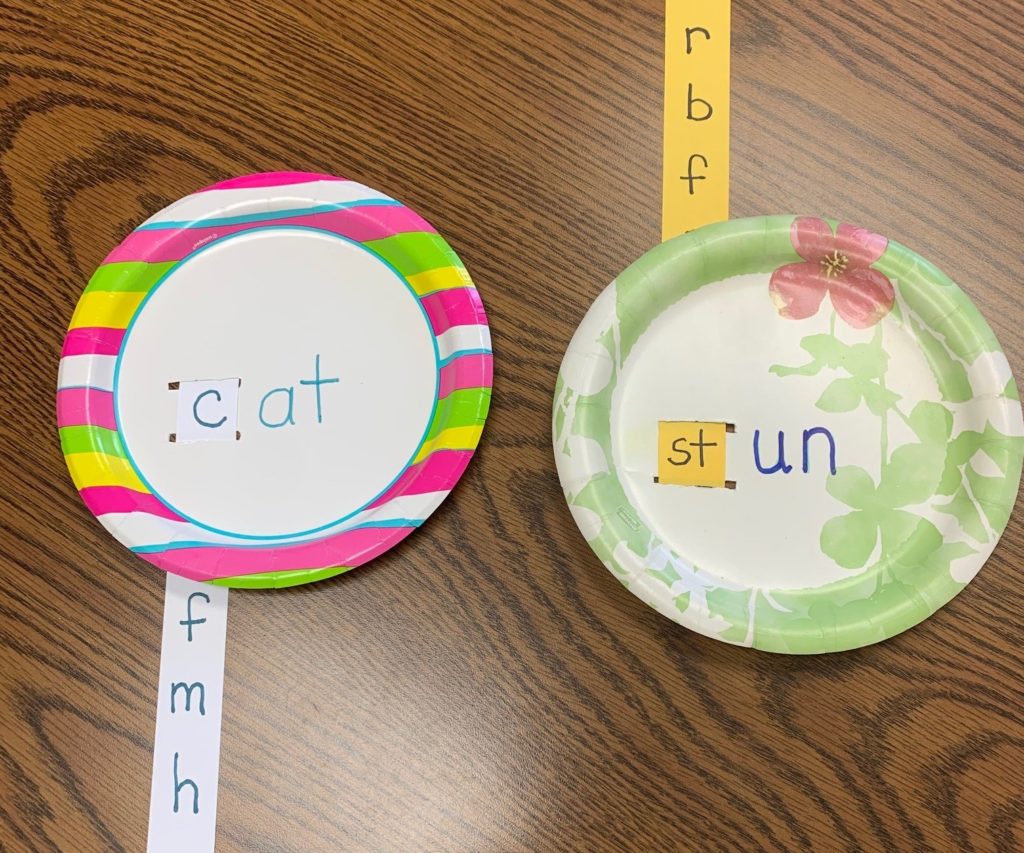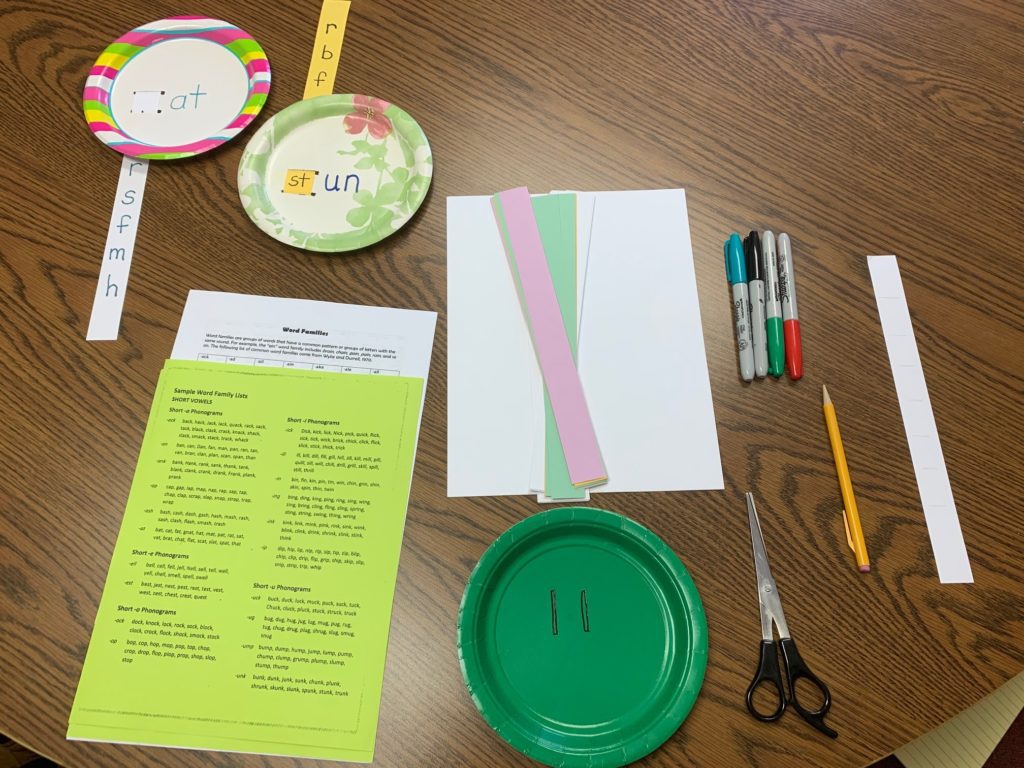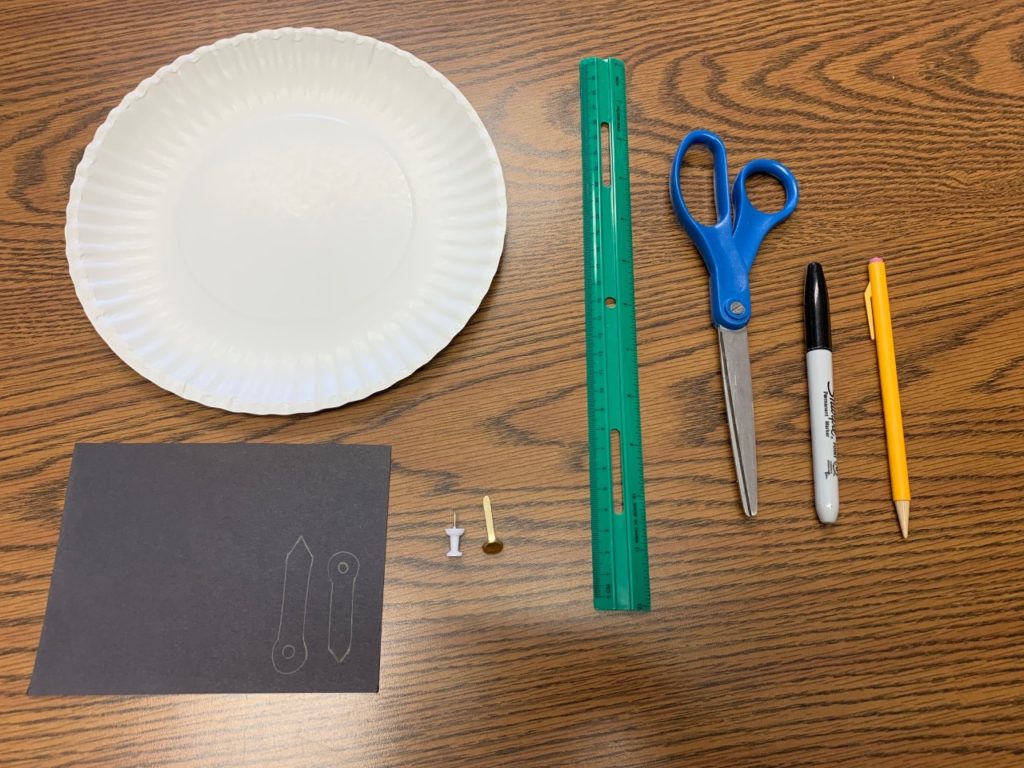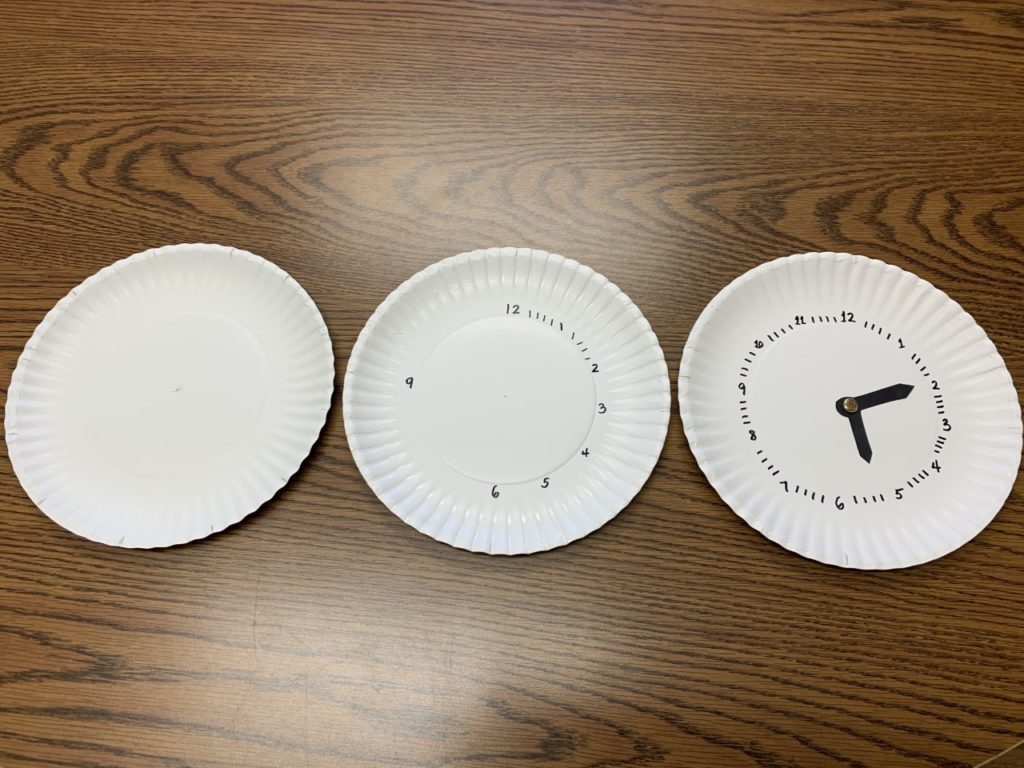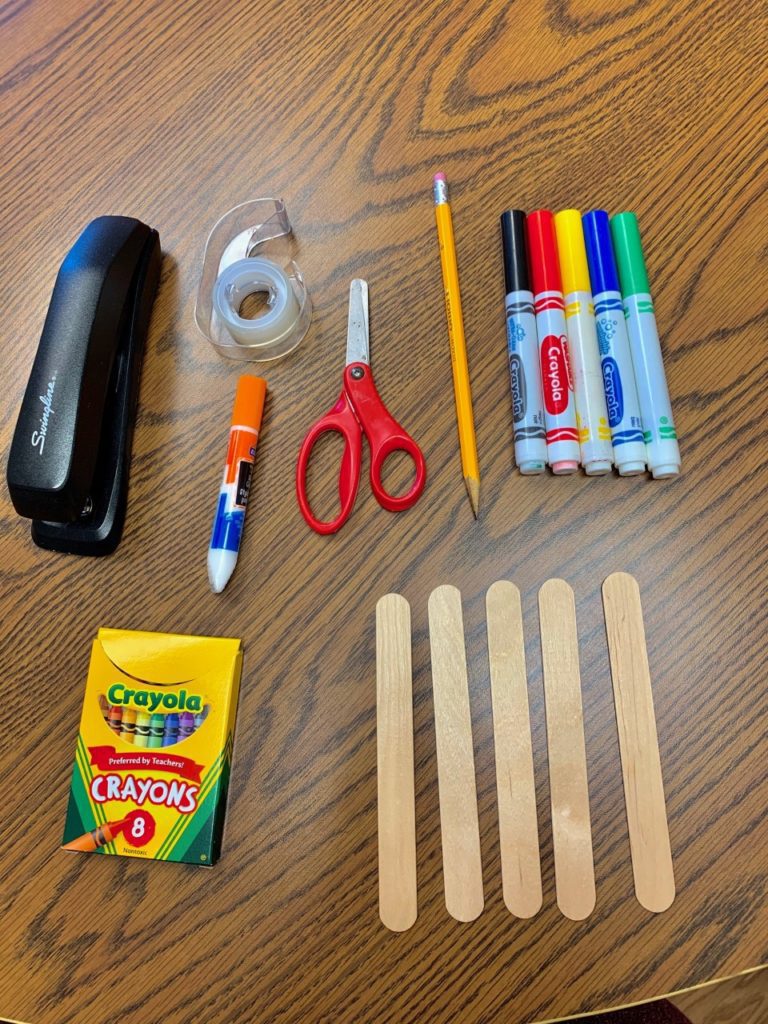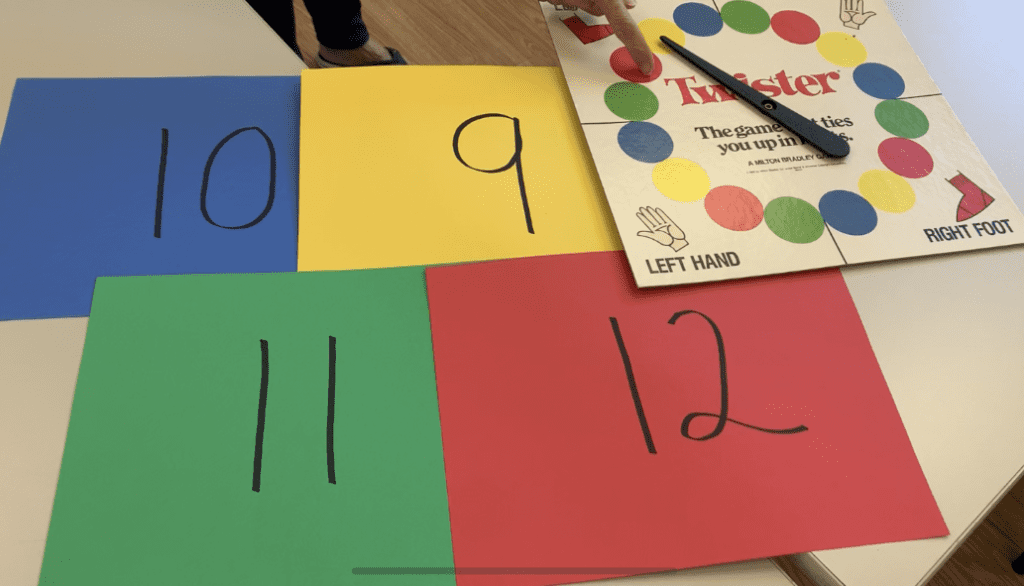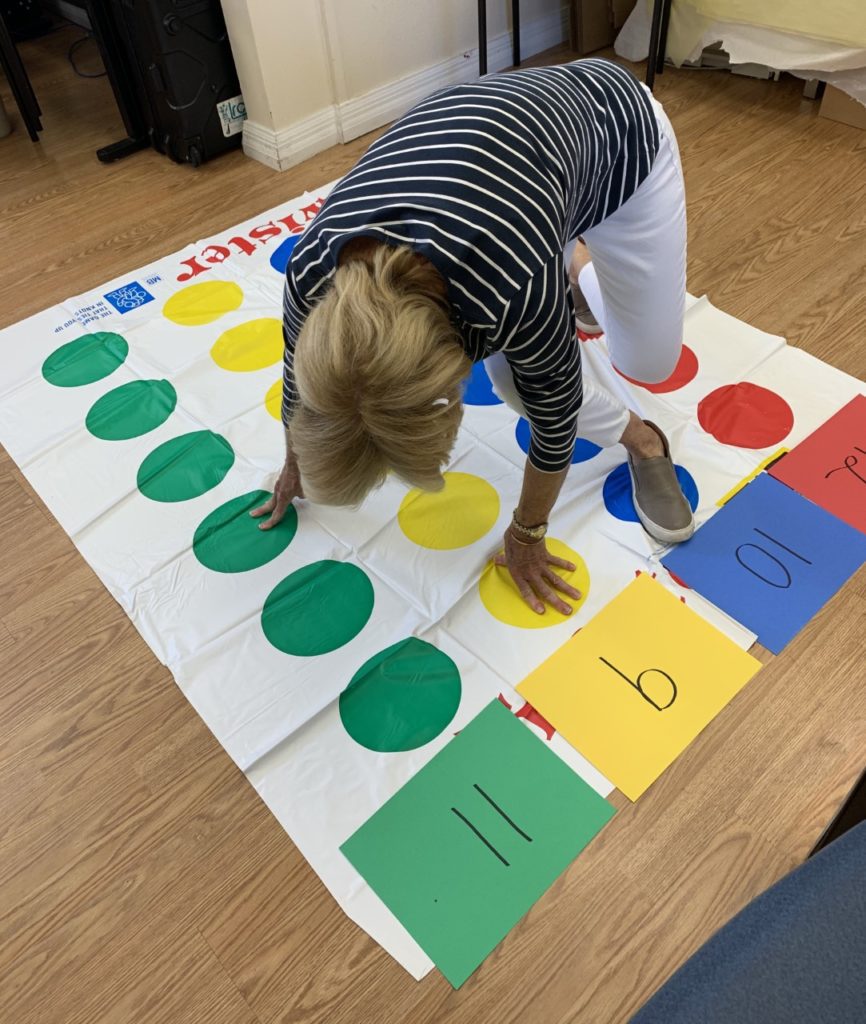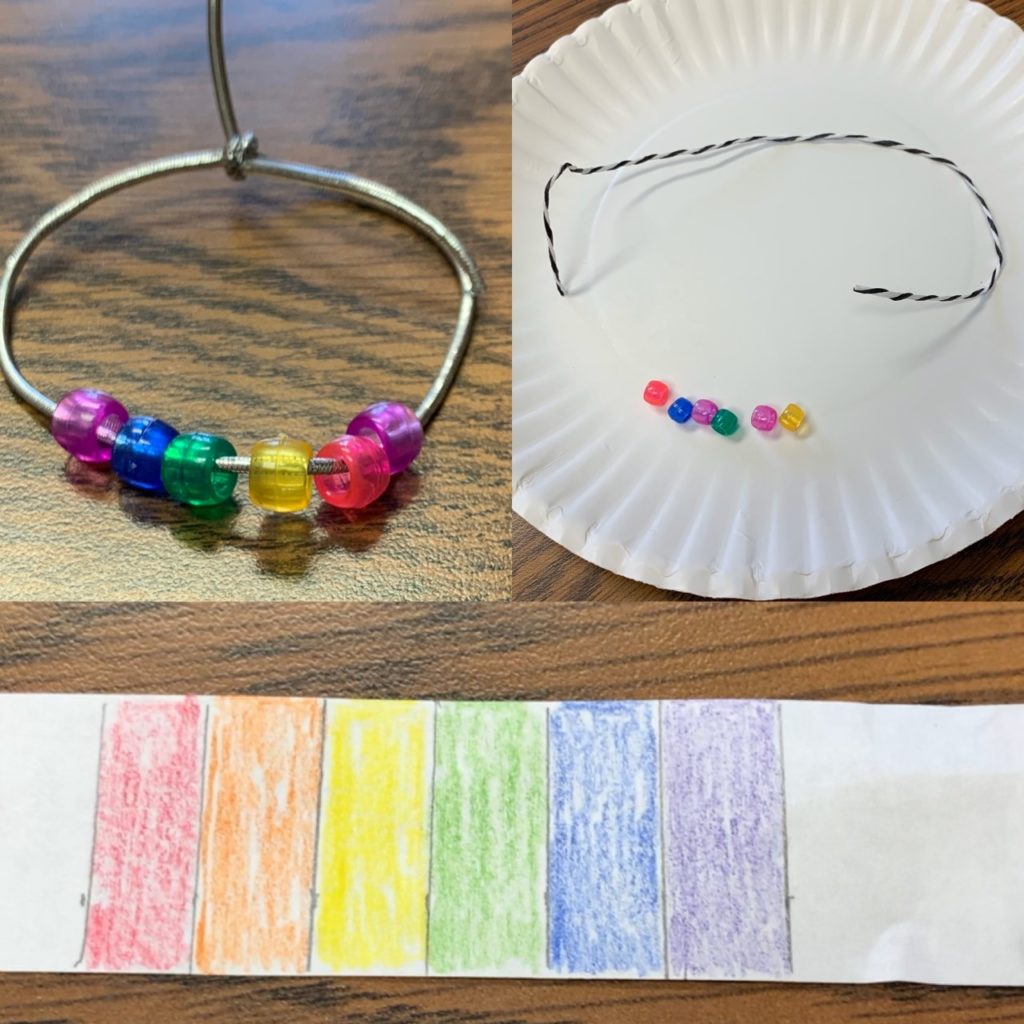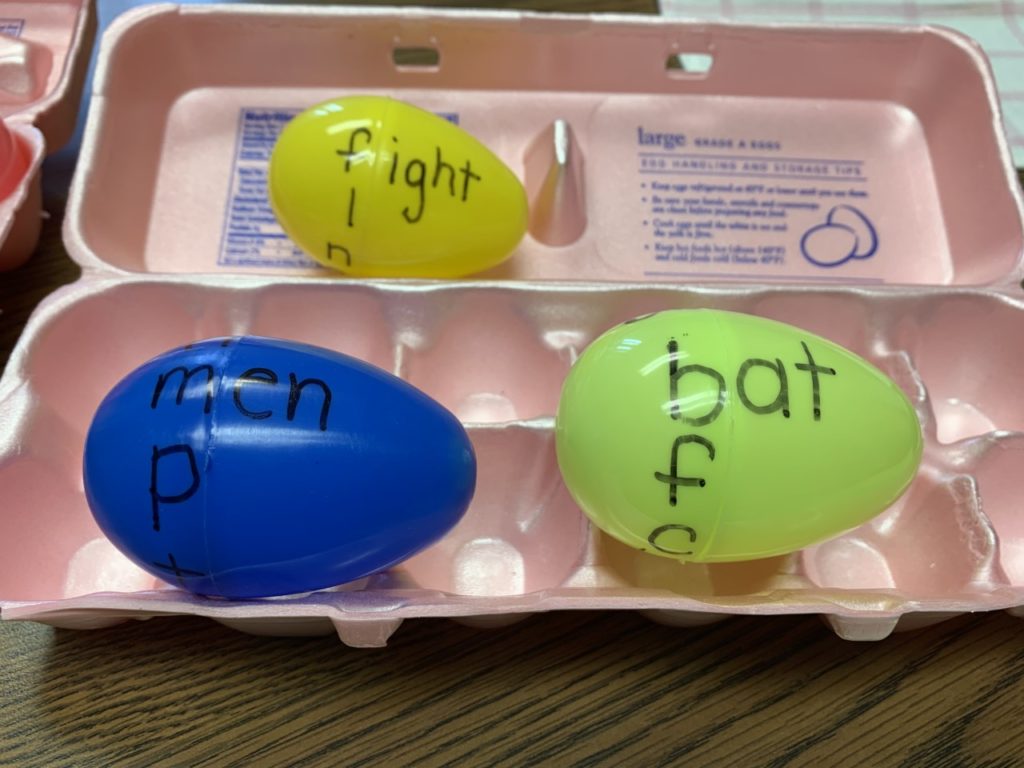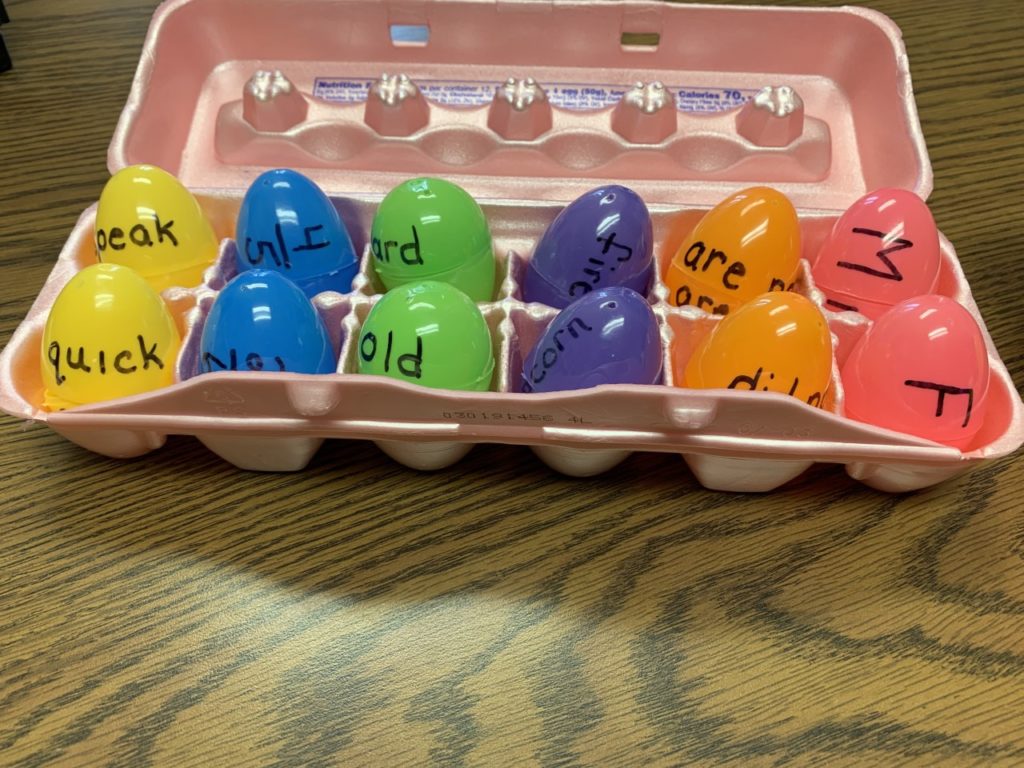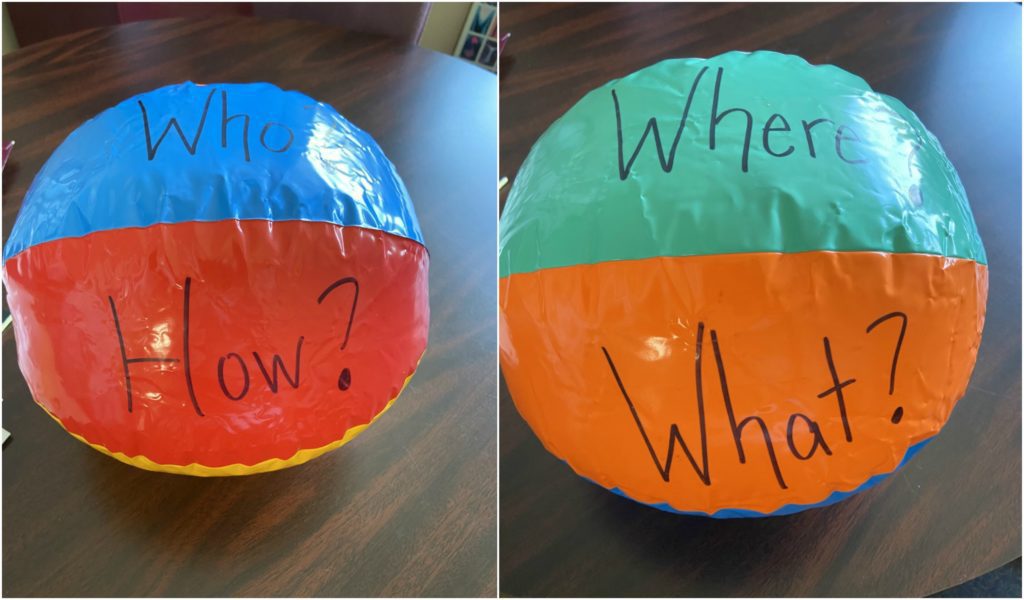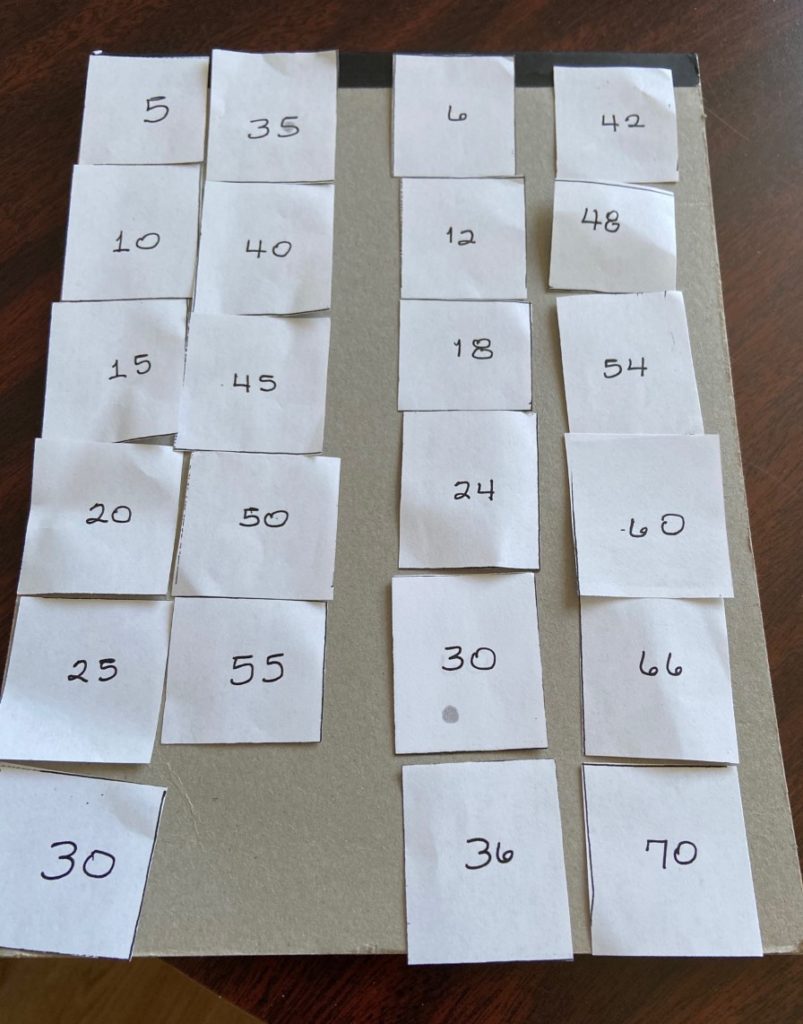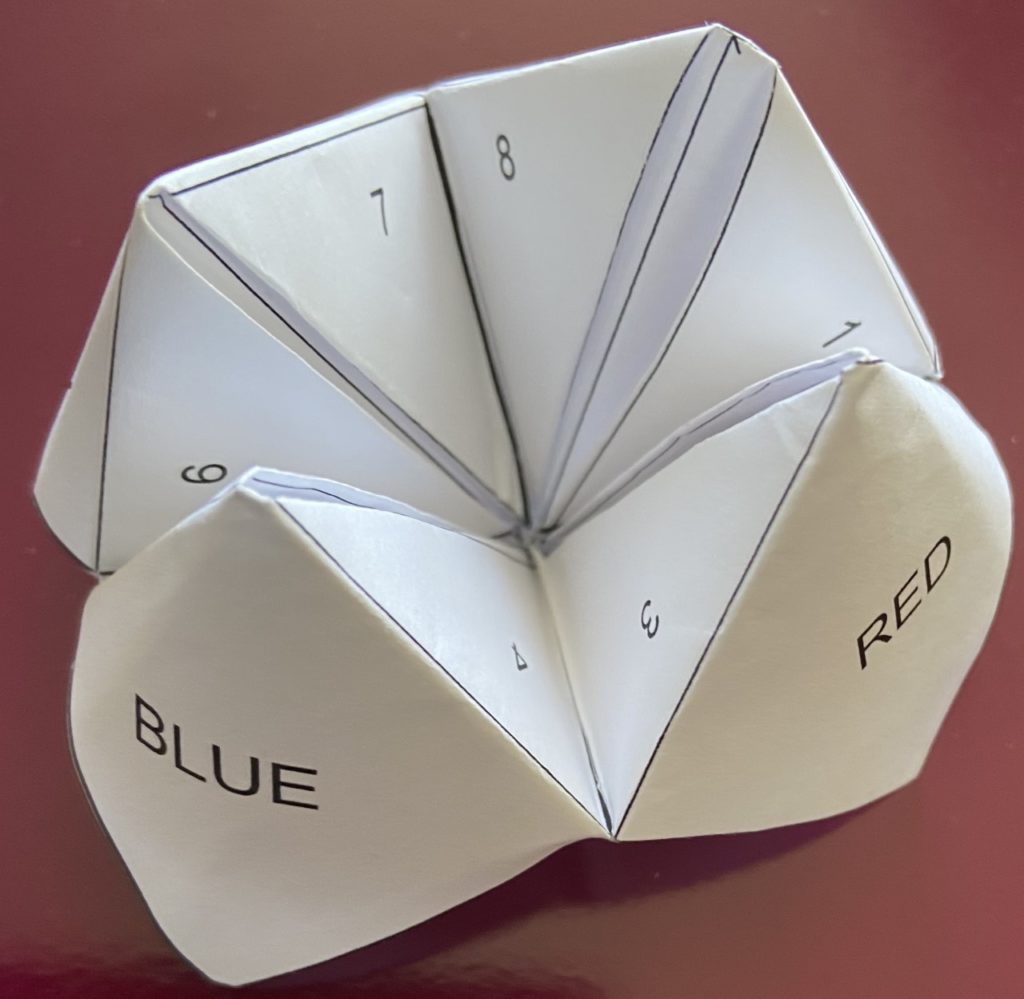Learning & Loving It is a series featuring simple, yet fun educational activities for home learning and virtual, interactive tutoring.

Rolling the Dice with Learning
The sound of rolling dice has brought excitement and fascination to human cultures for thousands of years. Each time you roll a pair of dice, you are keeping alive an ancient tradition that began long before recorded history.
Archaeologists can’t pinpoint the first human who threw dice, but they do know that dice-throwing appeared all over the populated world. The first dice throwers were not gamers; they were religious men who used the dice to tell the future. Those dice were made from fruit pits, pebbles, seashells and bones of animals.
Dice today can be found in all shapes and sizes–marked or unmarked. However, the most common dice are cubes with six sides or faces.
For centuries, dice have been used for religion, recreation and teaching. They are one of the sneakiest ways to teach number sense, arithmetic, algebra and probability.
Dice War
Dice War is a fun game for all ages, but especially suited for younger children. Children often move from math class to math class without a firm foundation of number sense. Why does it exist? What does it mean? How can it help? Dice War gives practice in using numbers as symbols–representations of something else. Numbers help us describe and control our world.
There are many variations of Dice War, but here are a couple of variations.
Same and Different:
Each player takes turns rolling four to ten dice. After rolling, the player matches the dice that are the same, then records the number of matches they found. The next player then takes their turn. The player who reaches the preset total (such as 20) first is the winner.
Patterns and Sequence:
Each player rolls the dice (two or more is fun), puts the faces of the dice in ascending or descending order, then adds the dots of each die and records the total. Again, the winner is the player with the highest score.
Pig Dice
Pig teaches strategic and critical thinking. To play, you’ll need a die, pencil, paper and two or more players. The objective of the game is to be the first player to reach 100. On their turn, each player will roll the die, count the number and record it. If the player rolls a 2, 3, 4, 5 or 6, they may choose to roll again. The catch is that if the player rolls a 1, their score from the round will be canceled and their turn will end. The player may choose to keep rolling, if they wish, as long as they don’t roll a 1. The strategy of the game is to know when to stop rolling to keep your score. This game teaches children to take turns and share while also practicing basic math skills such as counting, addition and probability. Sometimes just rolling the dice is not the best solution. The more you roll the die, the greater your chance at getting a 1.
Lu-lu Dice
Lu-lu Dice is a simple math game that originated from Hawaii. The game uses a cup and four paper discs. To make the discs, cut out four circles and divide them into fourths by drawing a “+” on each one. On the first, color one dot either in the center or in one of the quadrants. On the second, color two dots in two of the circle’s quadrants. For the third, color a dot in 3/4 of the quadrants. On the fourth, color a dot in each quadrant. On your turn, put the discs into the cup, shake them, and then dump them onto the surface area. Count your dice that are turned up. Each player gets two turns. Put your discs back into the cup, and then shake, dump and count them again. Record your score. The max score possibility for a turn is 20. The next player takes their turn. The game continues until a player reaches 100.
Incorporate probability practice by looking at how many ways a certain score can be obtained and how many turns a player would need to reach 100 if they had all the faces up on each of their tosses throughout the game. Ask players to keep track of how many points they’ll need before they reach 100.
Roll & Retell
Unlike the aforementioned activities, Roll & Retell puts a little extra excitement into the sometimes boring practice of identifying and reflecting on story elements.
The player rolls the die and answers the corresponding question according to their retell sheet. If the same player rolls a number for a question already answered, he or she rolls again.
Roll & Write
When asked to write something–a story, a paragraph, a poem, often we hear the excuse, “I don’t have anything to write about.”
Roll & Write puts the fun back into creating a tale from the imagination. Children can write their own options to correspond to the initial instructions. Using a template with prompts or creating your own, the player then rolls the dice and using a prompt with that corresponding number first to come up with the setting, then rolls again for the character, and then once more for the plot.
Enjoy discovering the fun in academics using these dice games!
Click for additional Learning & Loving It activities!
